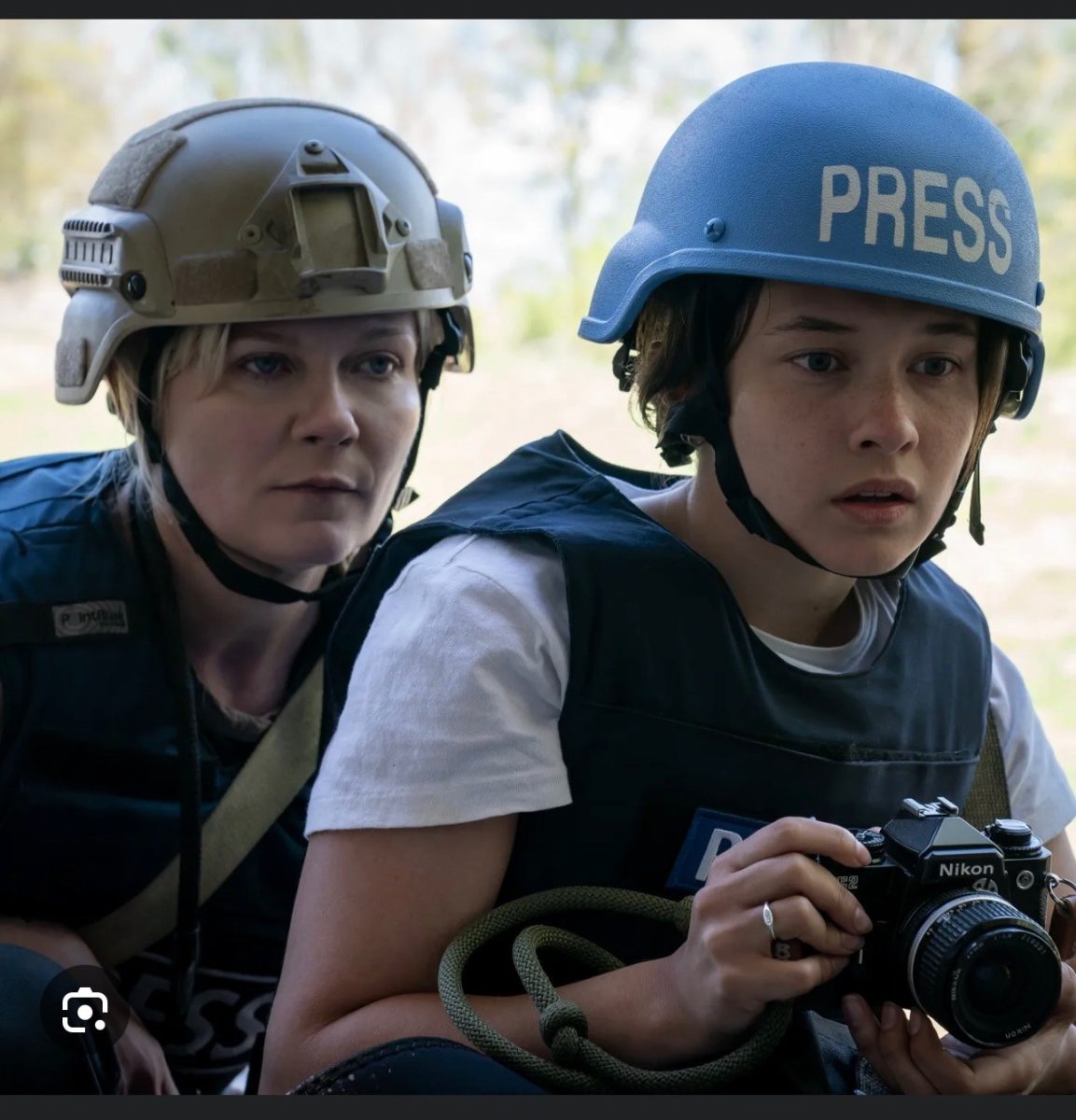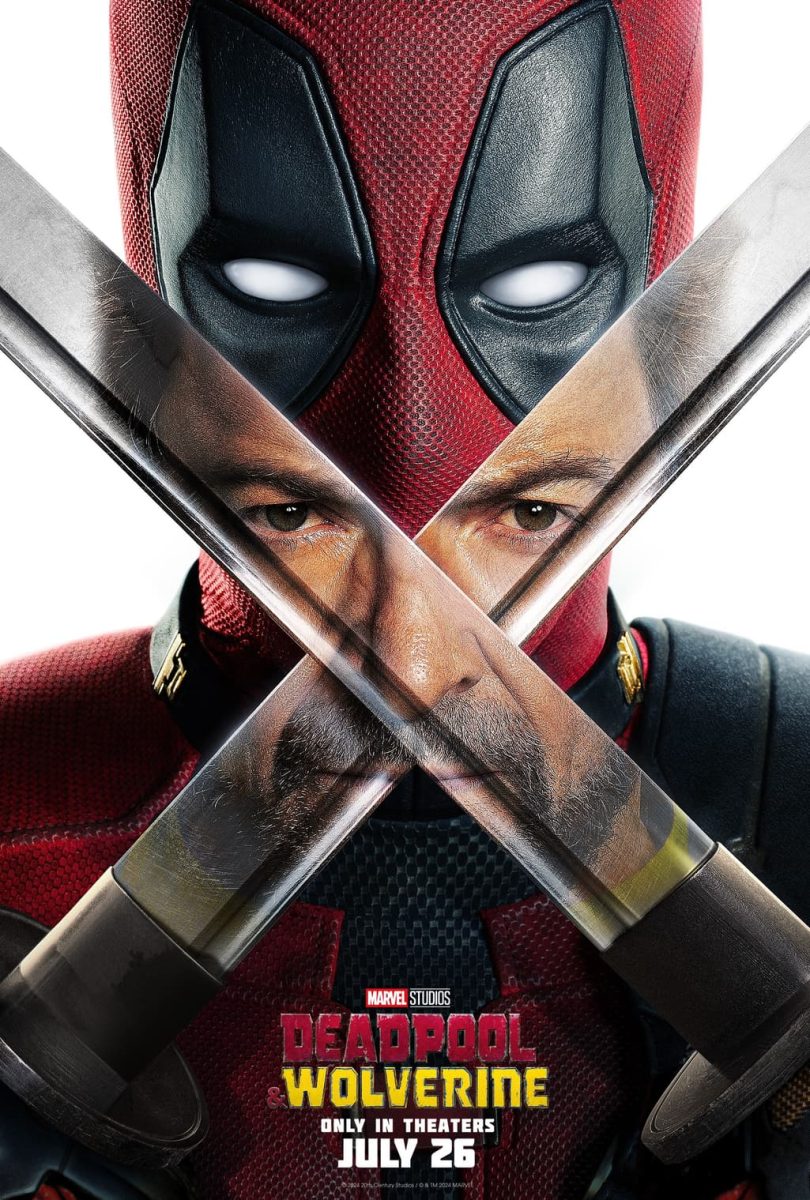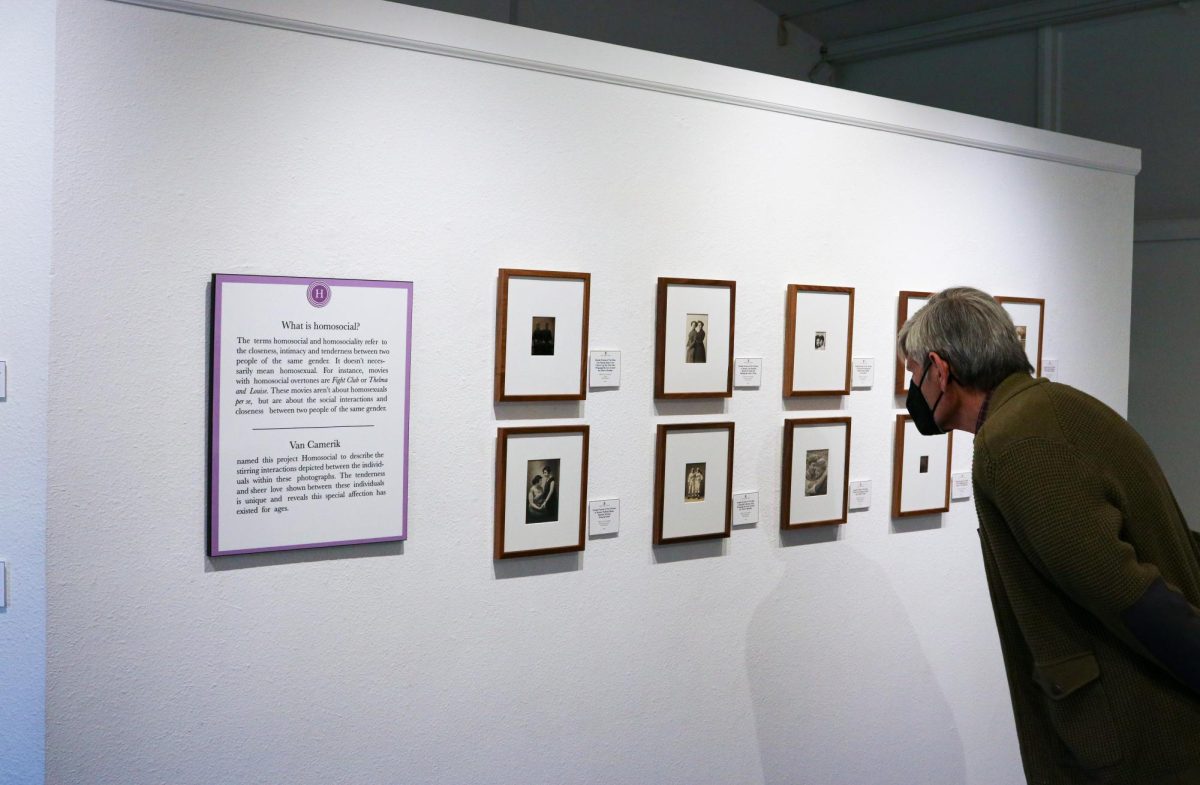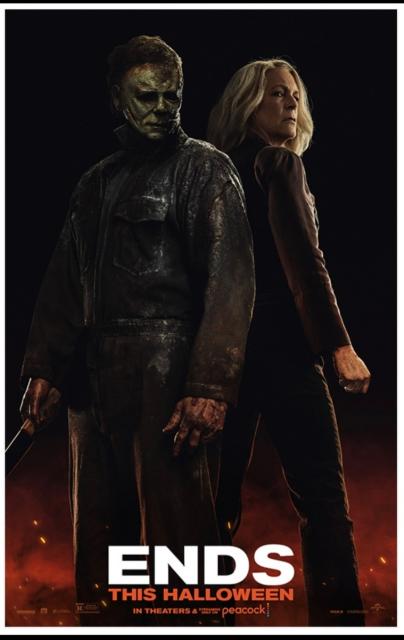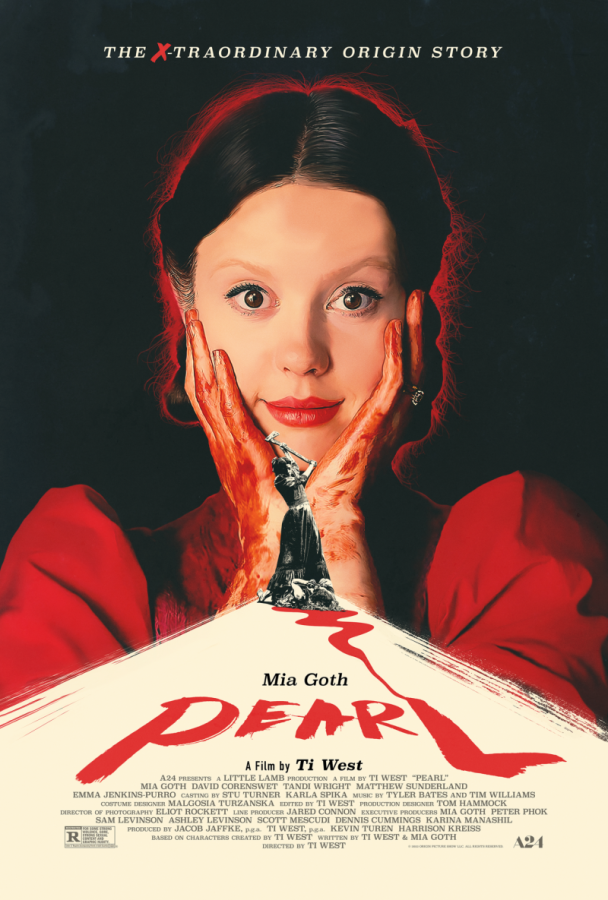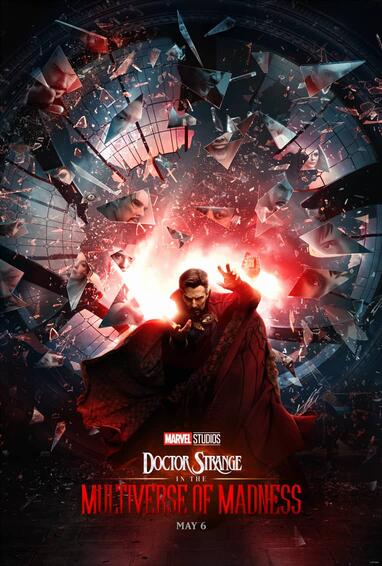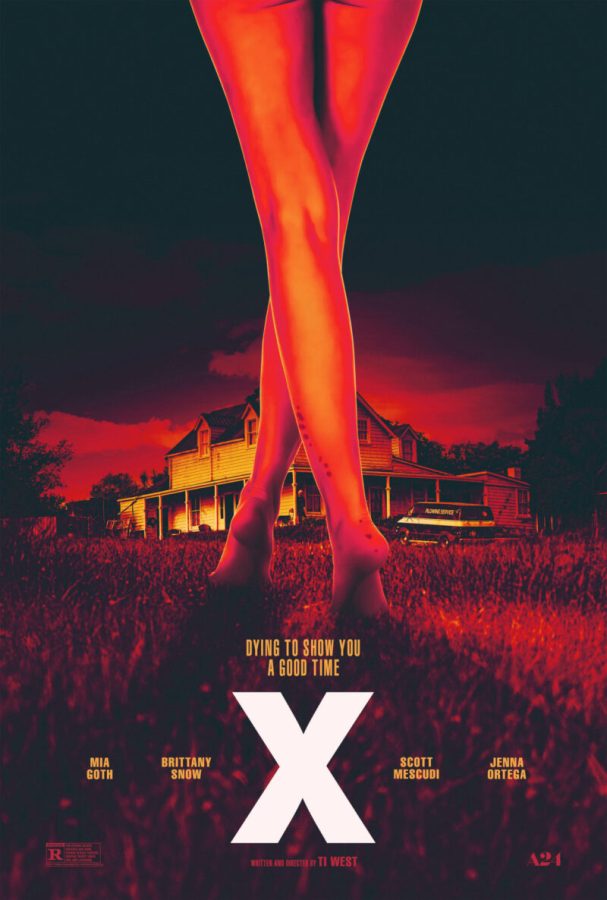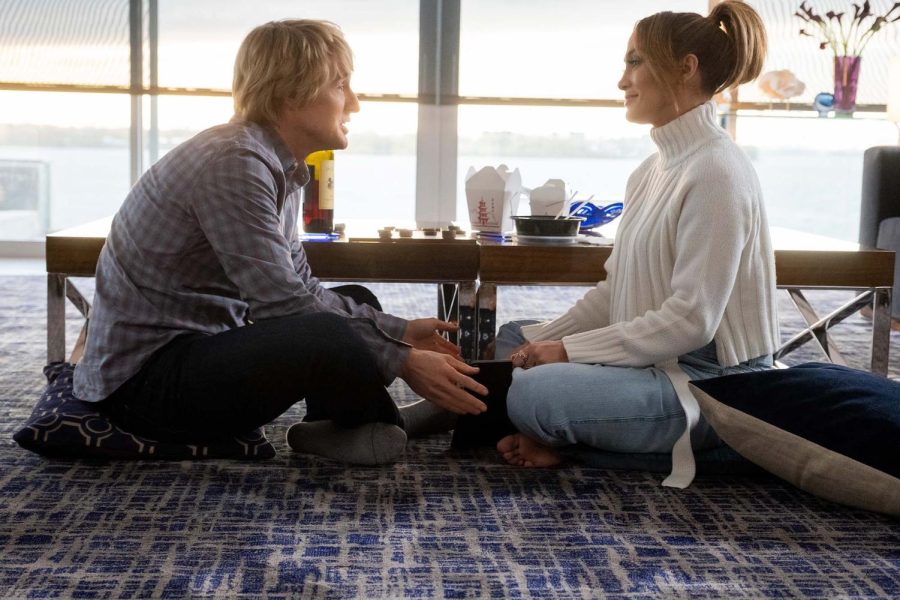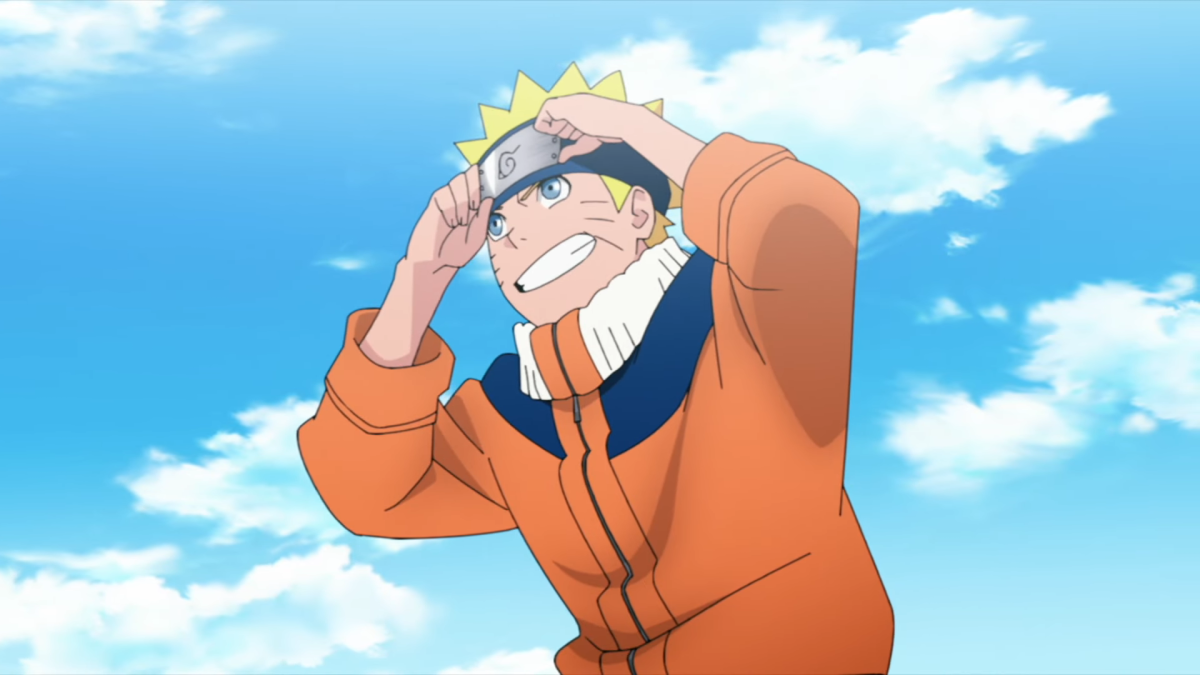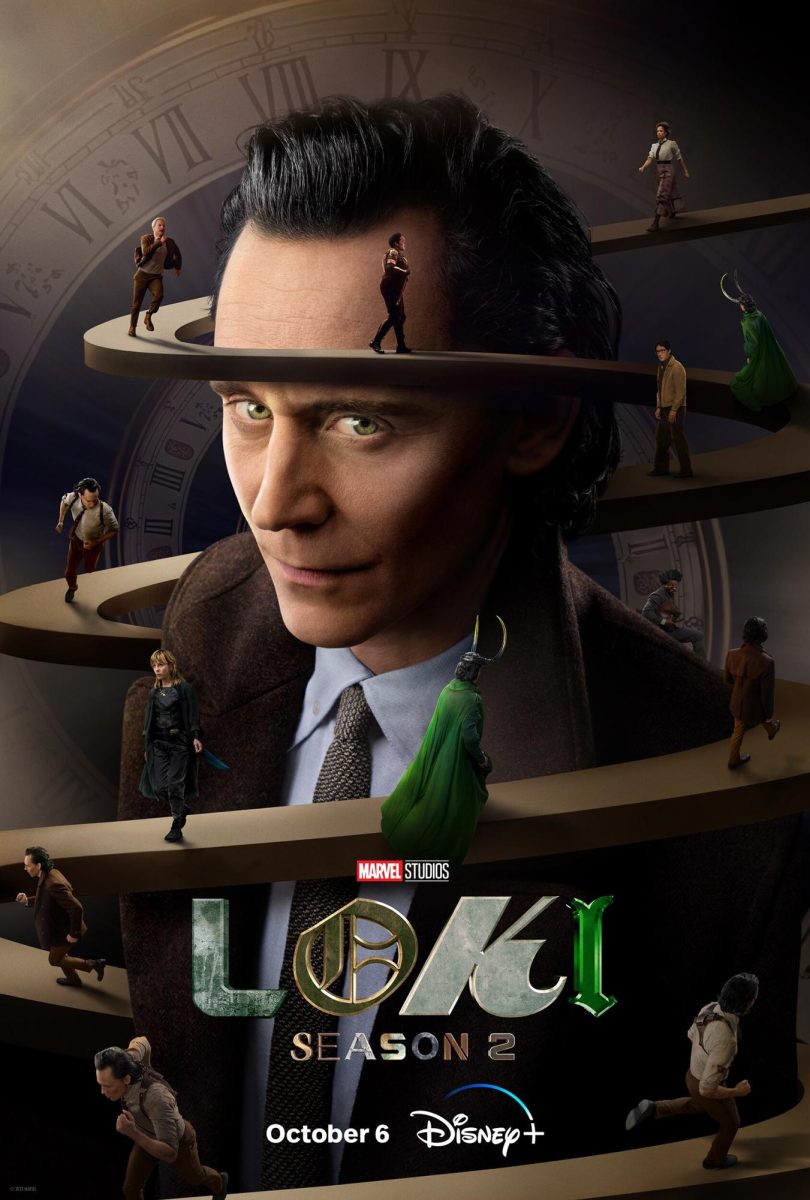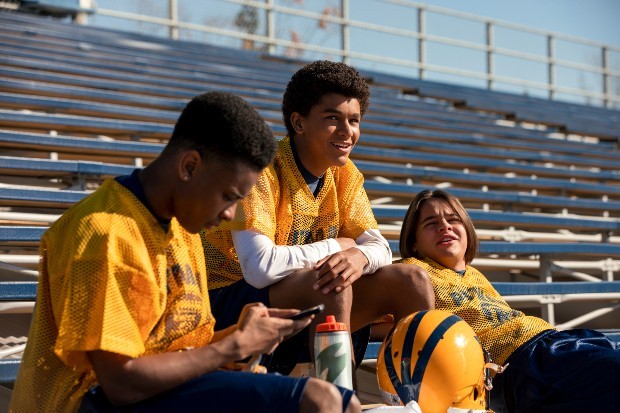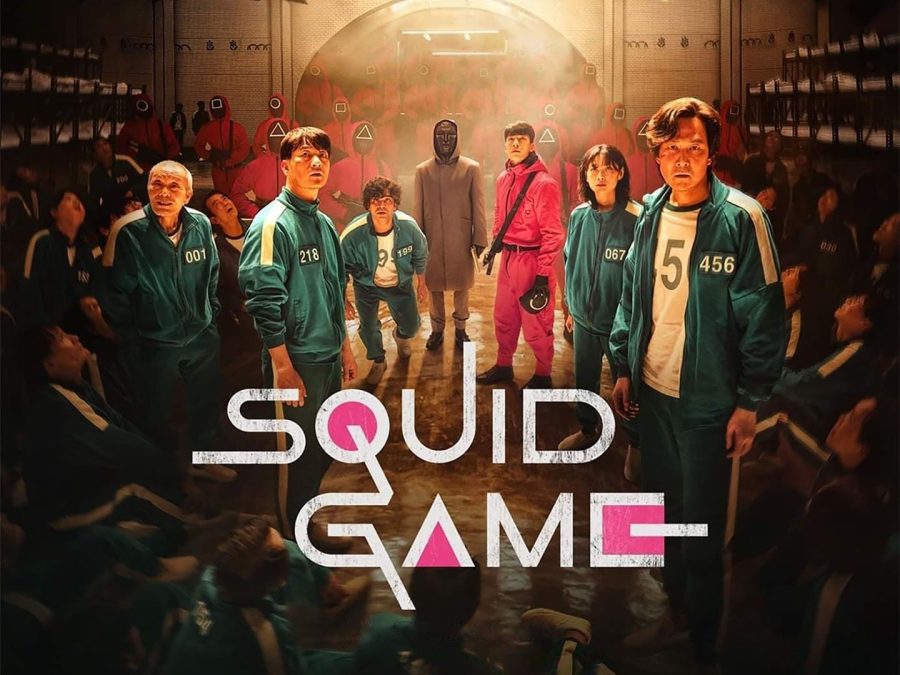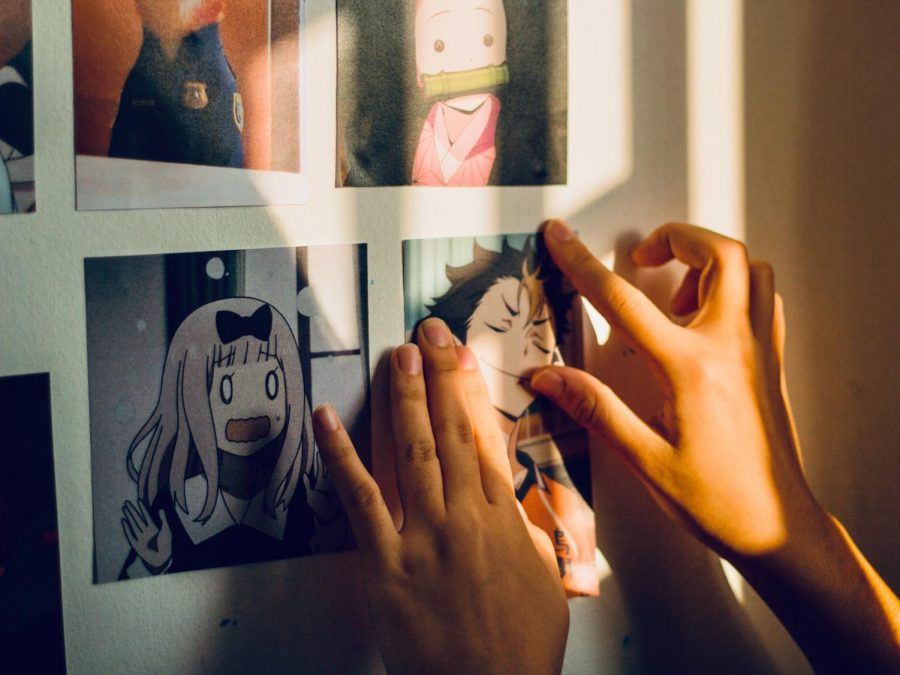Film and production, amid all forms of media and arts, is known as one of the hardest fields to succeed in. In the scope of film and production, the hardest task is trying to make a live-action interpretation of an already deeply loved animated show/movie.
To start, animation inherently gives writers and directors artistic freedoms that affect the structure and visual aspects separate from live production, making it very difficult to create something that perfectly translates elements across the two mediums. This is not the only roadblock.
The work has to satisfy original fans and be a production that’s still fresh and separate from the original, while still keeping true to the elements that made it capture the hearts of the audience. This task should not be envied, especially if your source material is “Avatar: The Last Airbender,” which is infamous for having a fan base that is overly passionate.
In February, Netflix released eight, hour-long episodes of a live-action adaptation of an animated classic, 2008’s “ATLA.” Although many onlookers feared its release because of several other anime-to-live action projects falling on their faces, including 2010’s live-action “The Last Airbender” movie attempt, most viewers can confidently say comparatively it hasn’t been a complete disaster.
The first season of the animated “ATLA” follows a 12-year-old boy named Aang, alongside two siblings he met, Katara and Sokka, who are accompanying him on his journey. They travel through a fantastical world filled with creatures like sky-bison, forest spirits and a complex societal ecosystem.
In this world, there are four nations: water, earth, fire and air, representing the elements that each nation has the power to control.
The interactions and butting of personalities between the three characters created humor and an endearing connection to them, alongside the world-building that grasped the viewers’ attention, which are the elements that formed a die-hard fan base.
The 2010 live-action movie adaptation had a tomato meter of 5% and an audience score of 30% on Rotten Tomatoes, making it no surprise that fans were already wary of Netflix’s adaptation.
Seeing their cherished show turned into one of the worst big-budget movies of recent memory has left the fanbase with a sort of communal PTSD regarding live-action adaptations and Hollywood productions.
On a Quora post, a fan previewed the release of Netflix’s’ adaptation asking people for their opinions.
“The reason I’m a bit nervous about the live-action Avatar series is because I don’t want them to repeat the same mistake that the…[M. Night] Shyamalan movie made,” Darth Christensen said.
Despite the worries many fans had, they were glad to know it was, at the very least, much better than the original 2010 live-action version. It is currently sitting at a tomato meter of 60% and an audience score of 73% on Rotten Tomatoes.
The strongest points of the Netflix adaptation were visual. Successfully bringing to life the world from the blasts of fire, clothing and the environments they travel to. All visual elements were kept true to the original.
Every fantasy element felt like it belonged in each scene, VFX creatures were alive and designed beautifully. Moving and existing in the spaces authentically. Fight scenes were also well done, with organized choreography that meshed very well with the VFX of the element bending.
Outside of visuals, some of the changes made to the story were not out of place and benefited the overall experience.
However, this is where the praise ends since there were many structural and writing decisions that were detrimental to the overall story.
This is due in part to the change in tone and the plot density of each episode.
Although a more serious tone to the story isn’t inherently bad, the decision of when to be more serious and when to not be is key. At the end of the day these are supposed to be children and they have to act as so in order for it to feel genuine. If the characters aren’t already designated to act as such, it will feel jarring.
Because of this, the lack of personality that the three main characters displayed was evident. Losing the chance to feel as attached to them as the audience did for the world itself.
Another major issue was the show trying to cater to the original fans by filling episodes with as many original storylines, references and easter eggs as possible.
This made most episodes feel bloated, with the writers and directors trying to weave in four-plus storylines at once making it hard for them to get the most out of each and missing the whole purpose that they originally had.
Overall, if you prioritize visual spectacle or enjoy finding easter eggs, the show delivers. However, if you are critical of structure, plot and screenwriting, it might not be the best fit for you.


